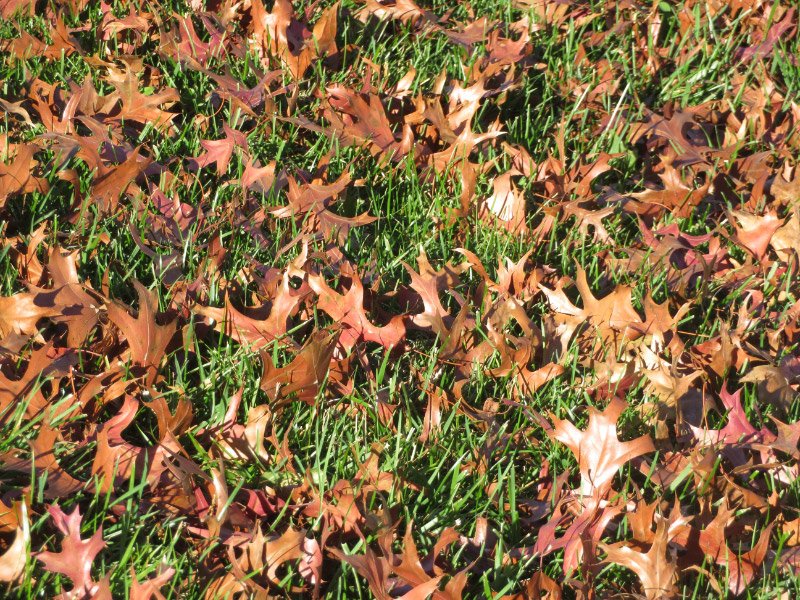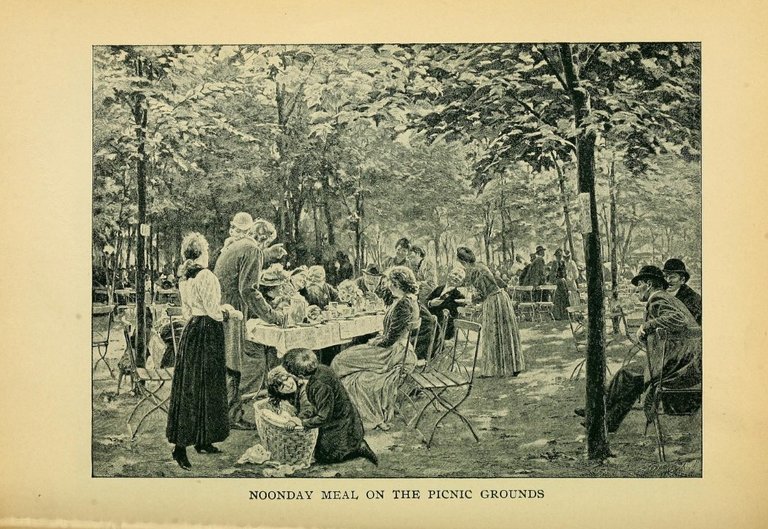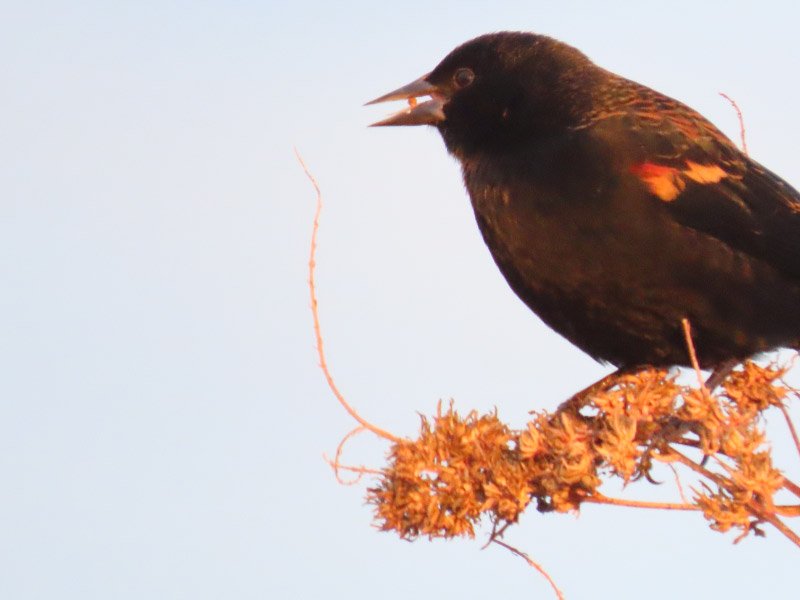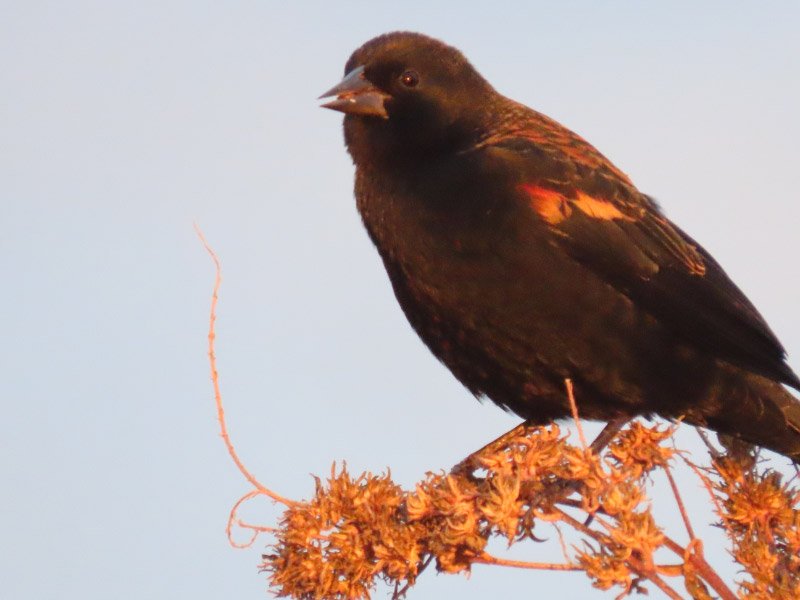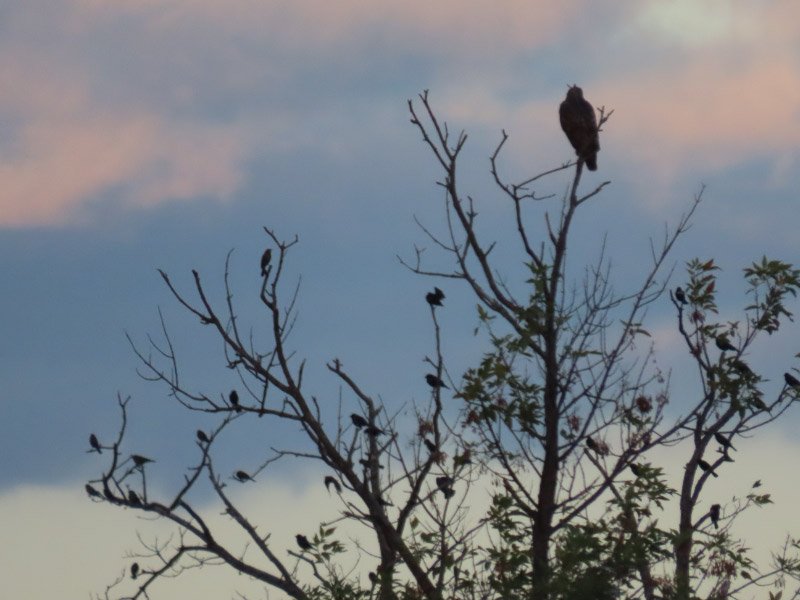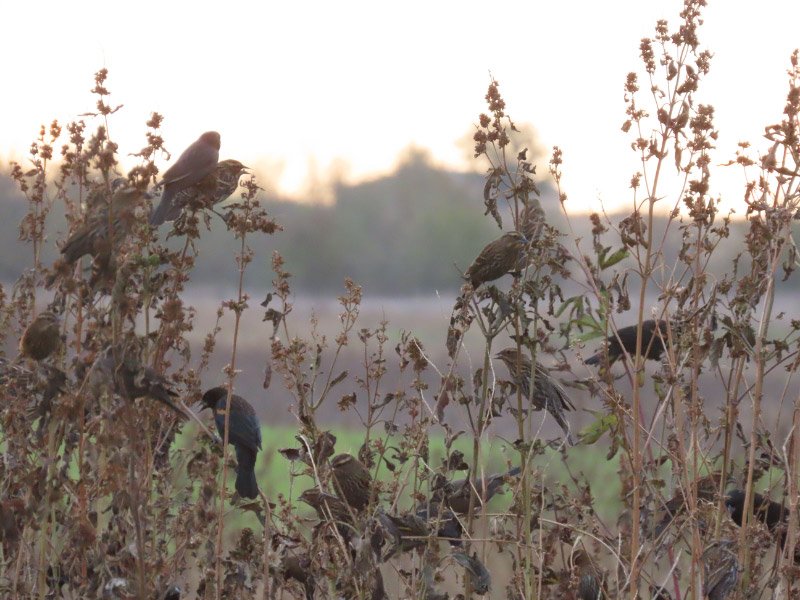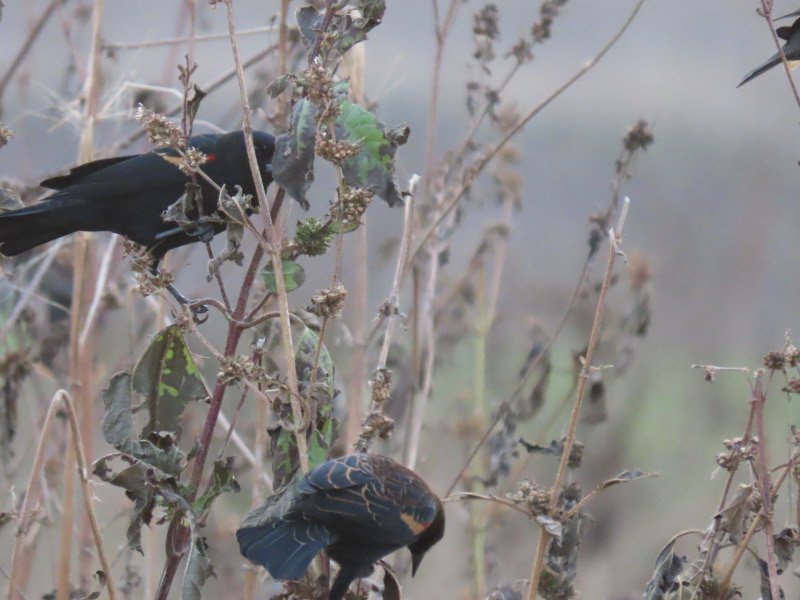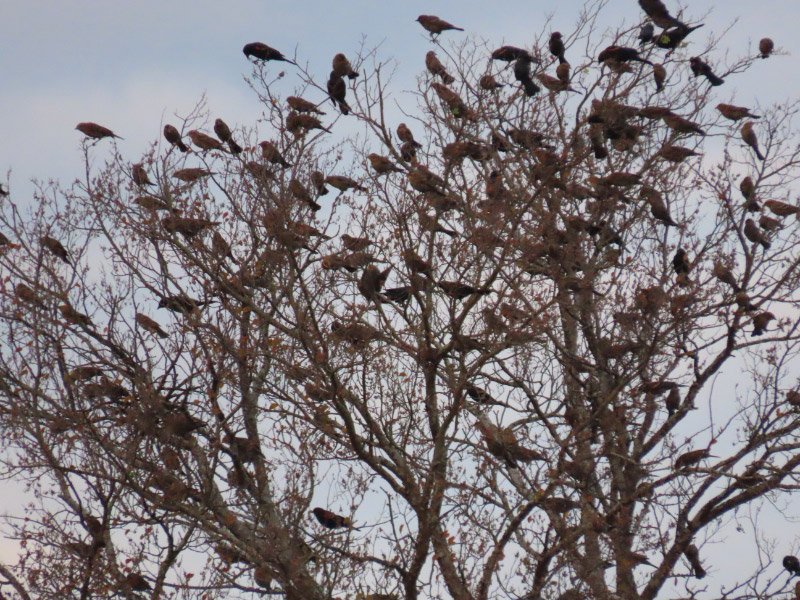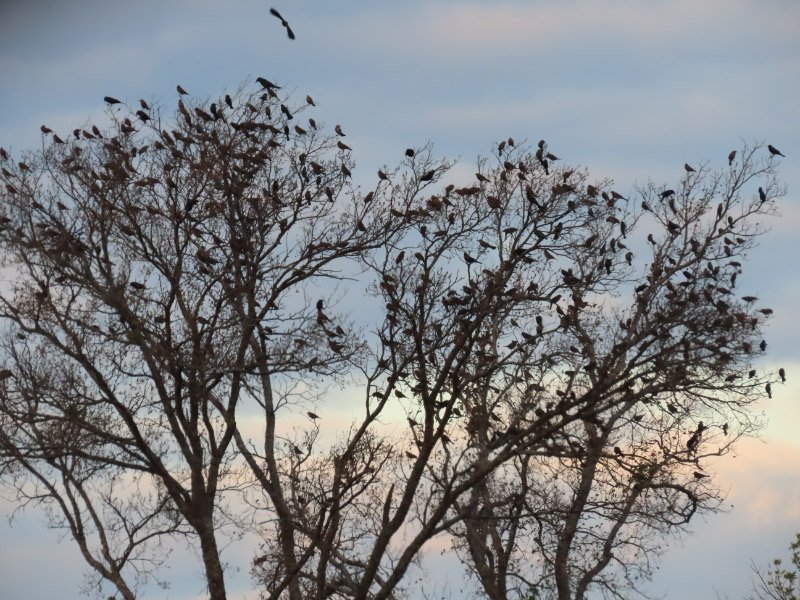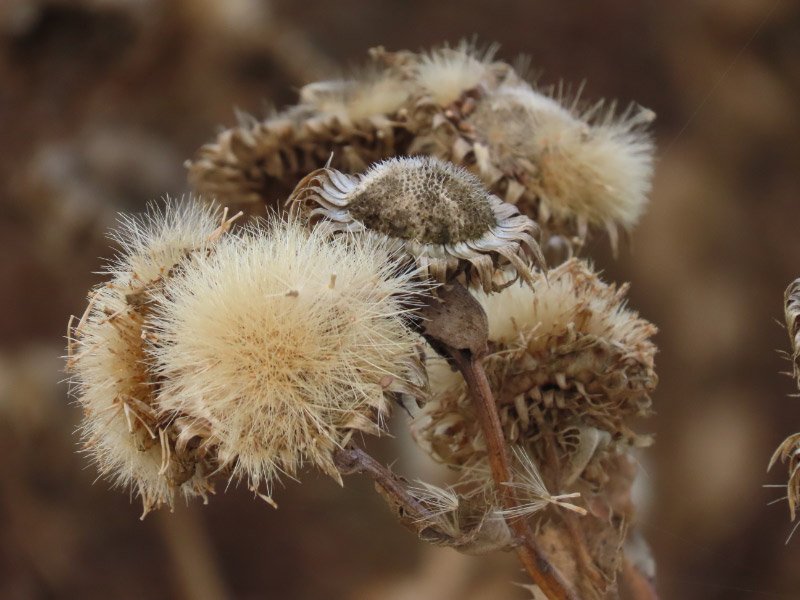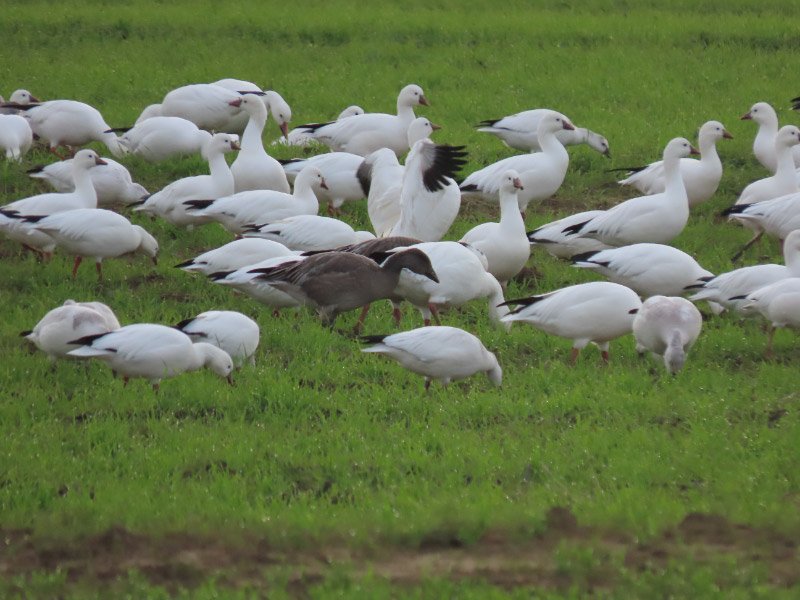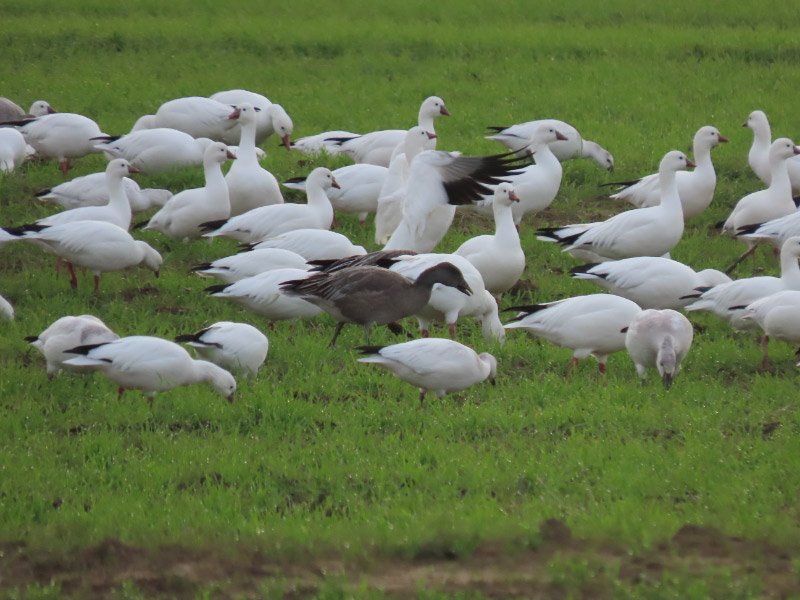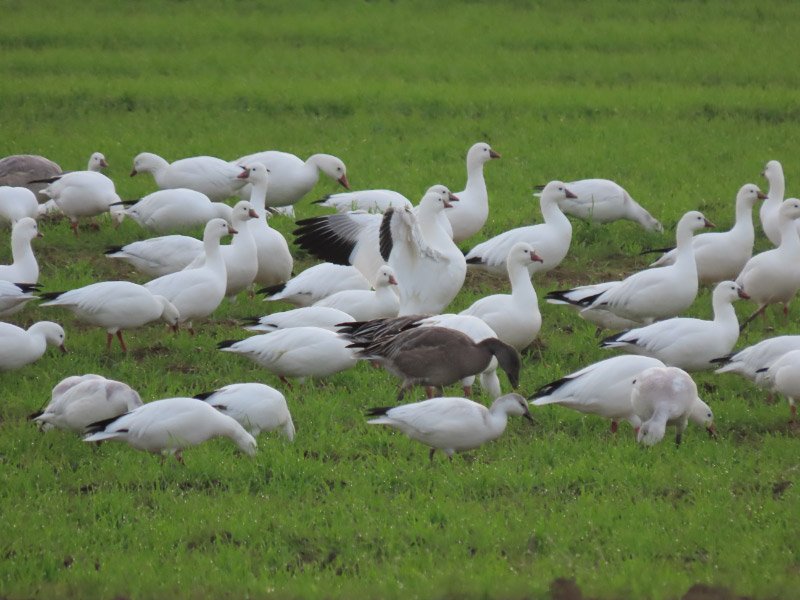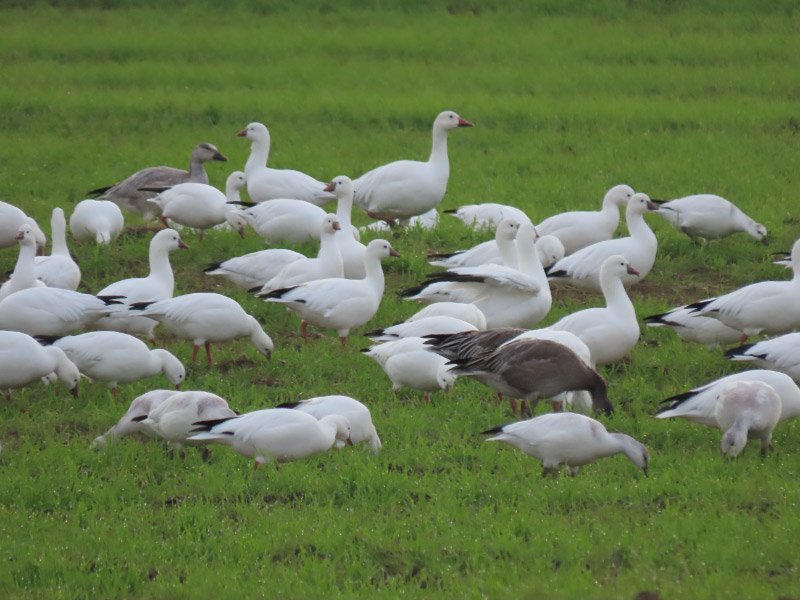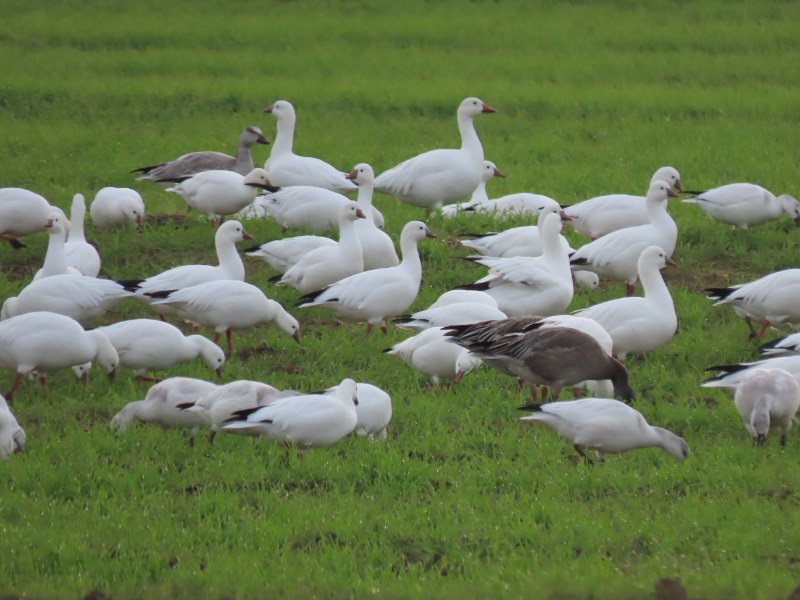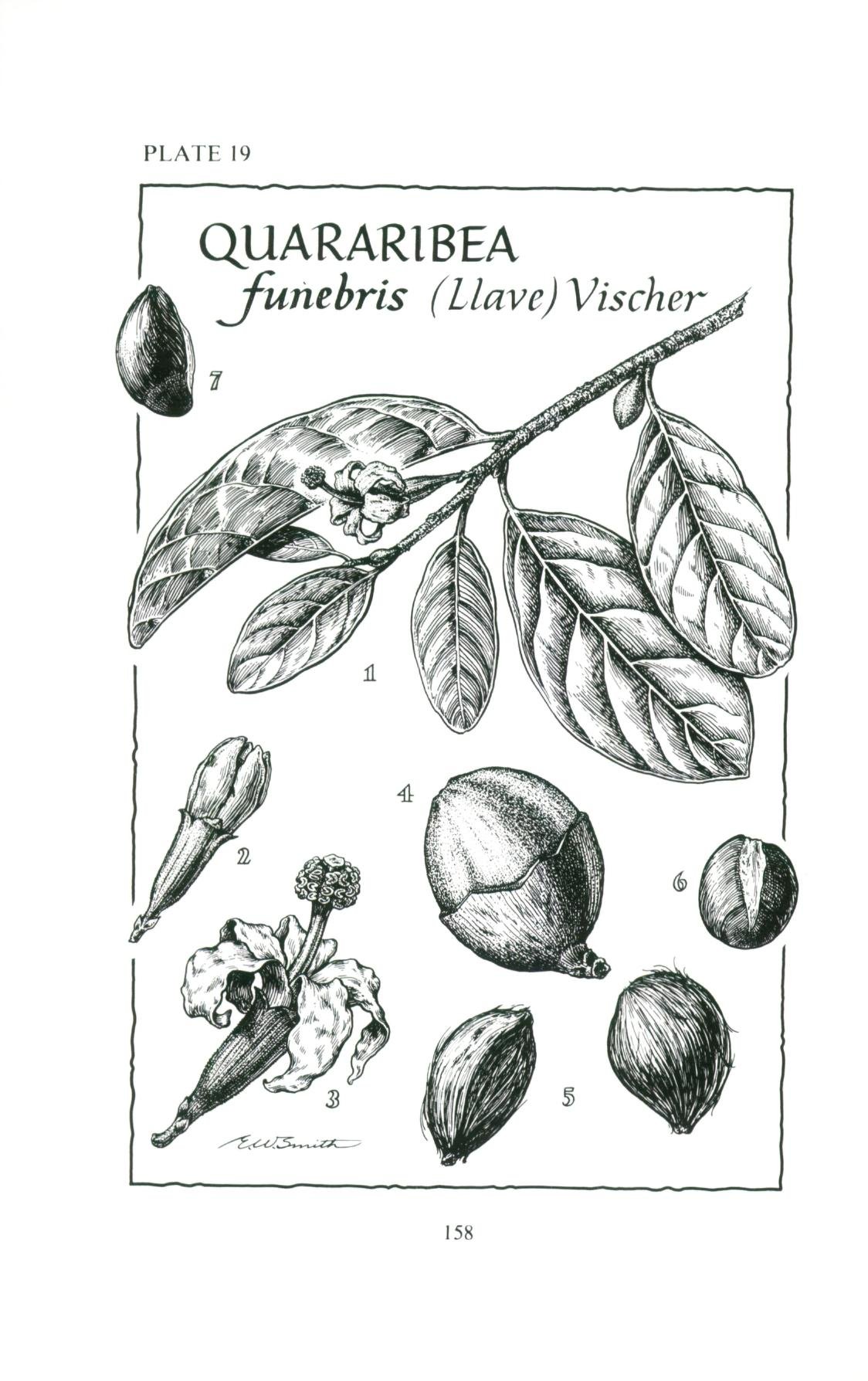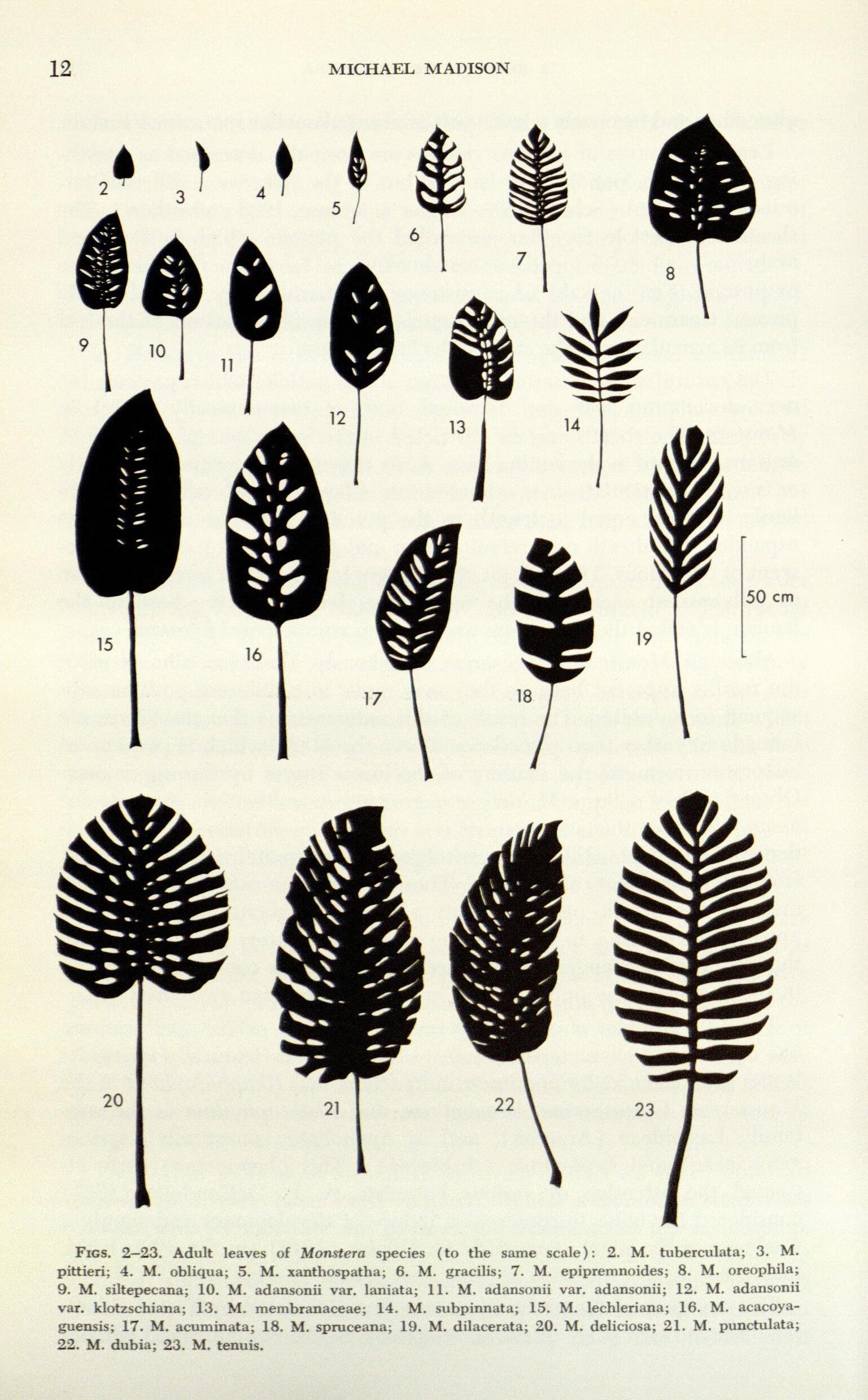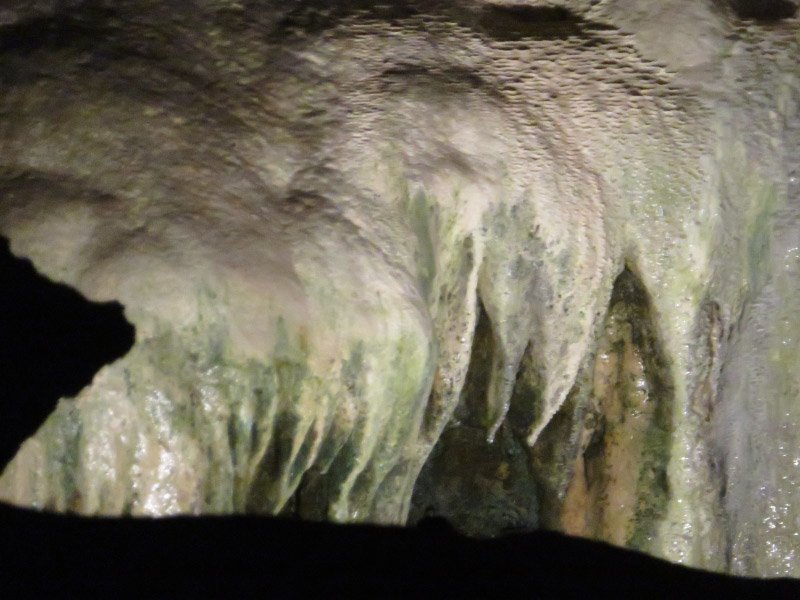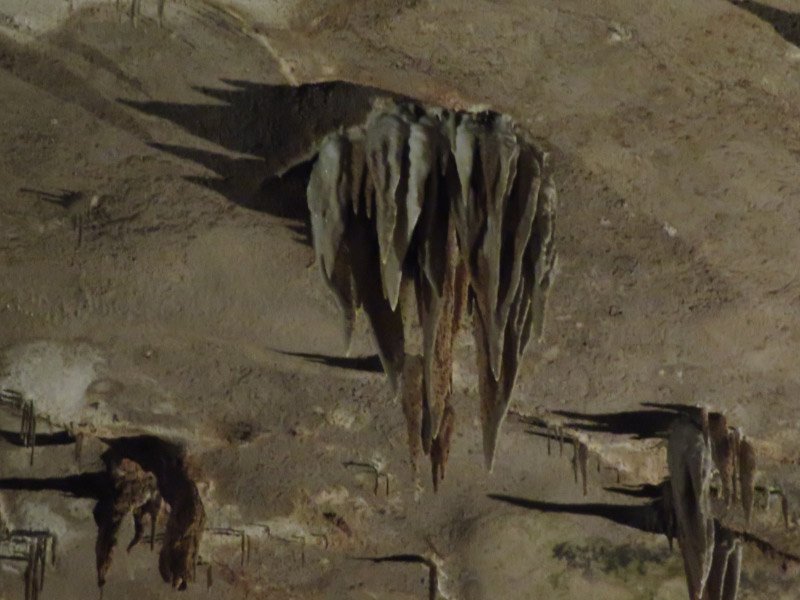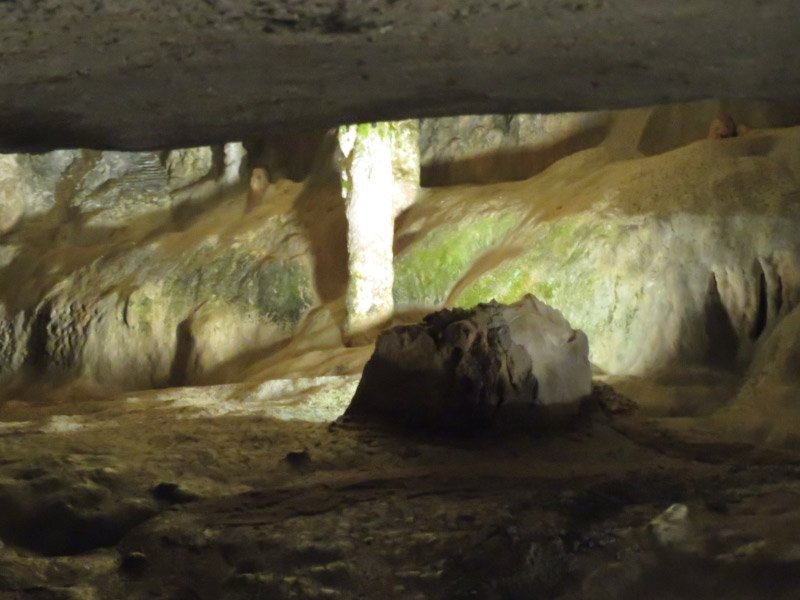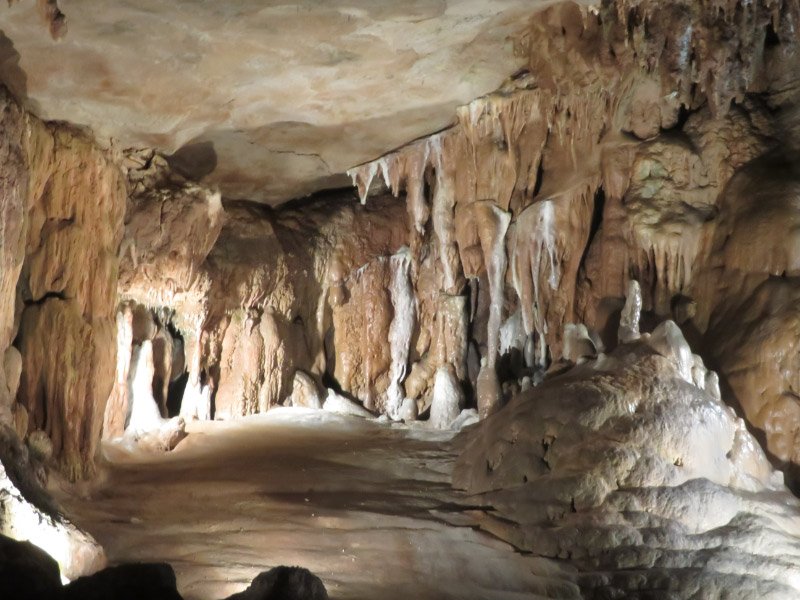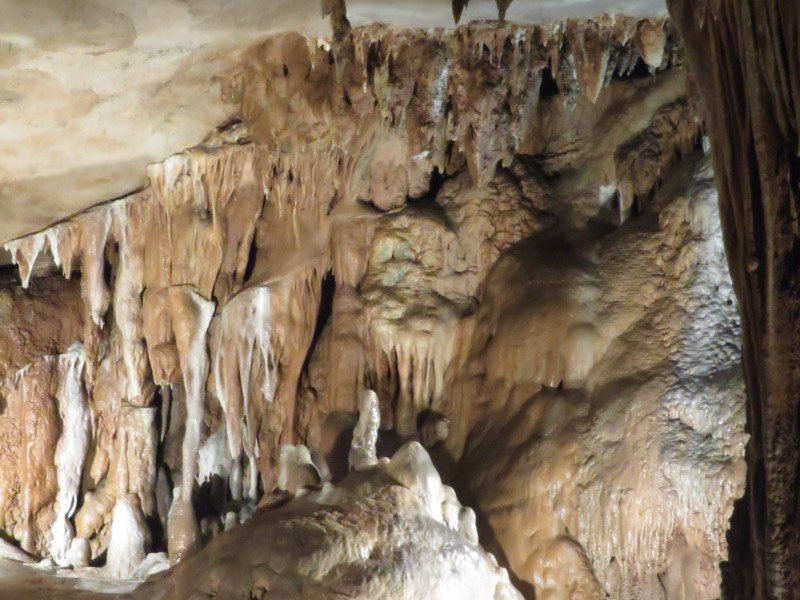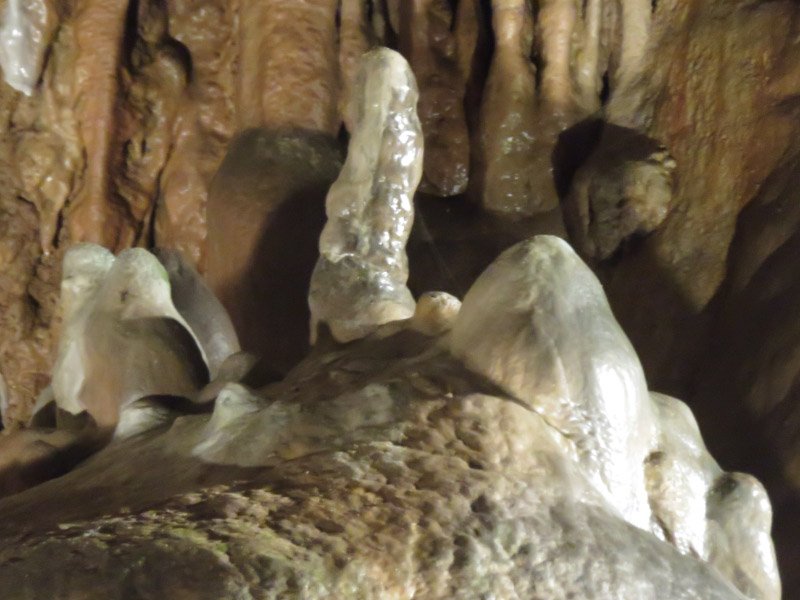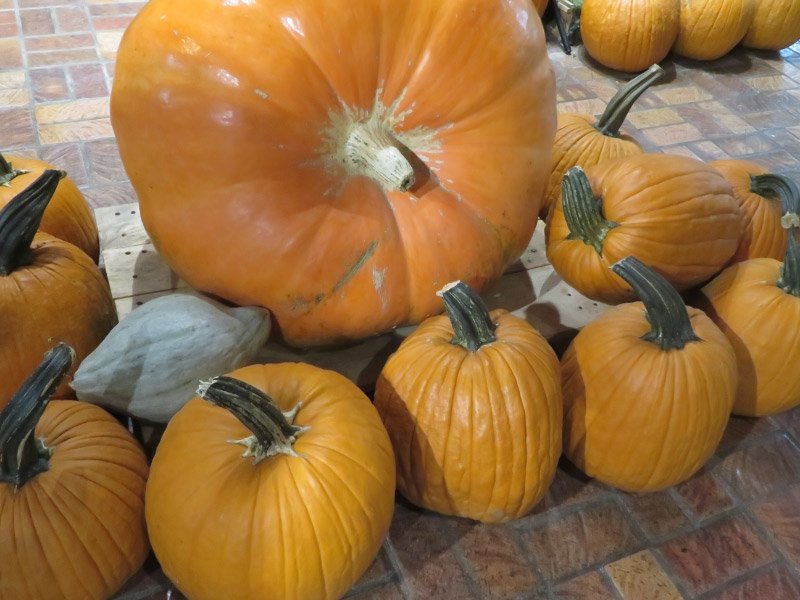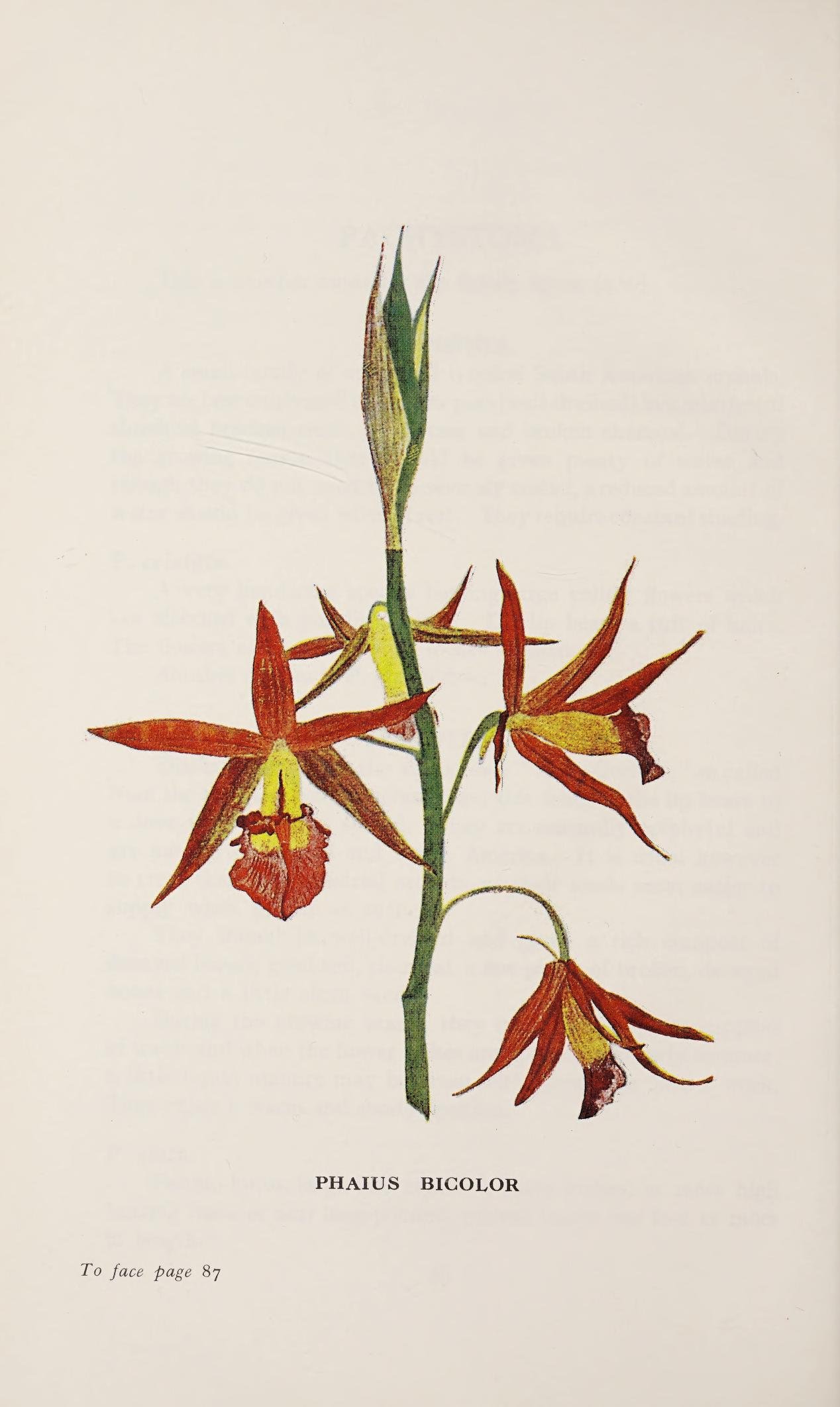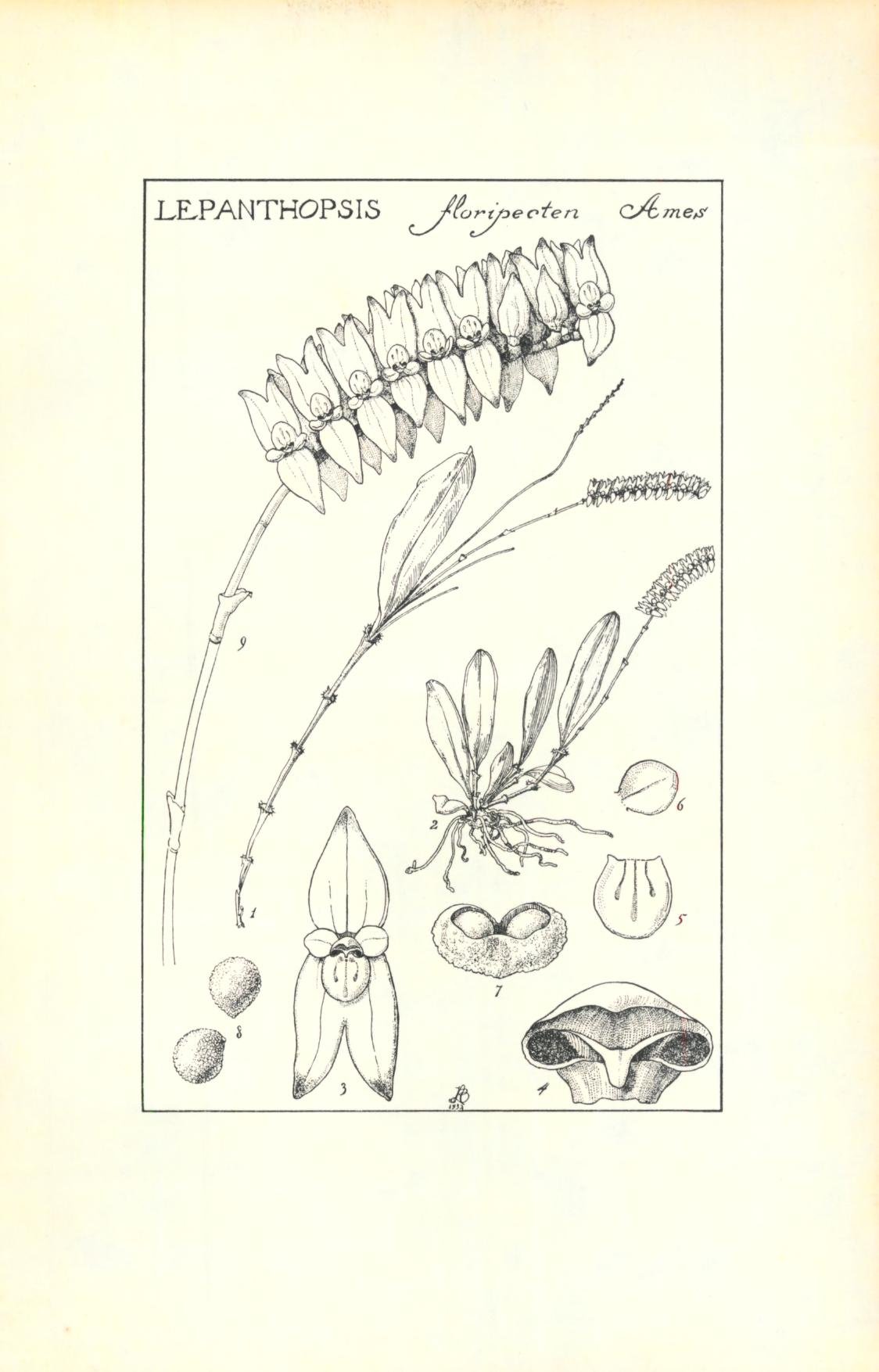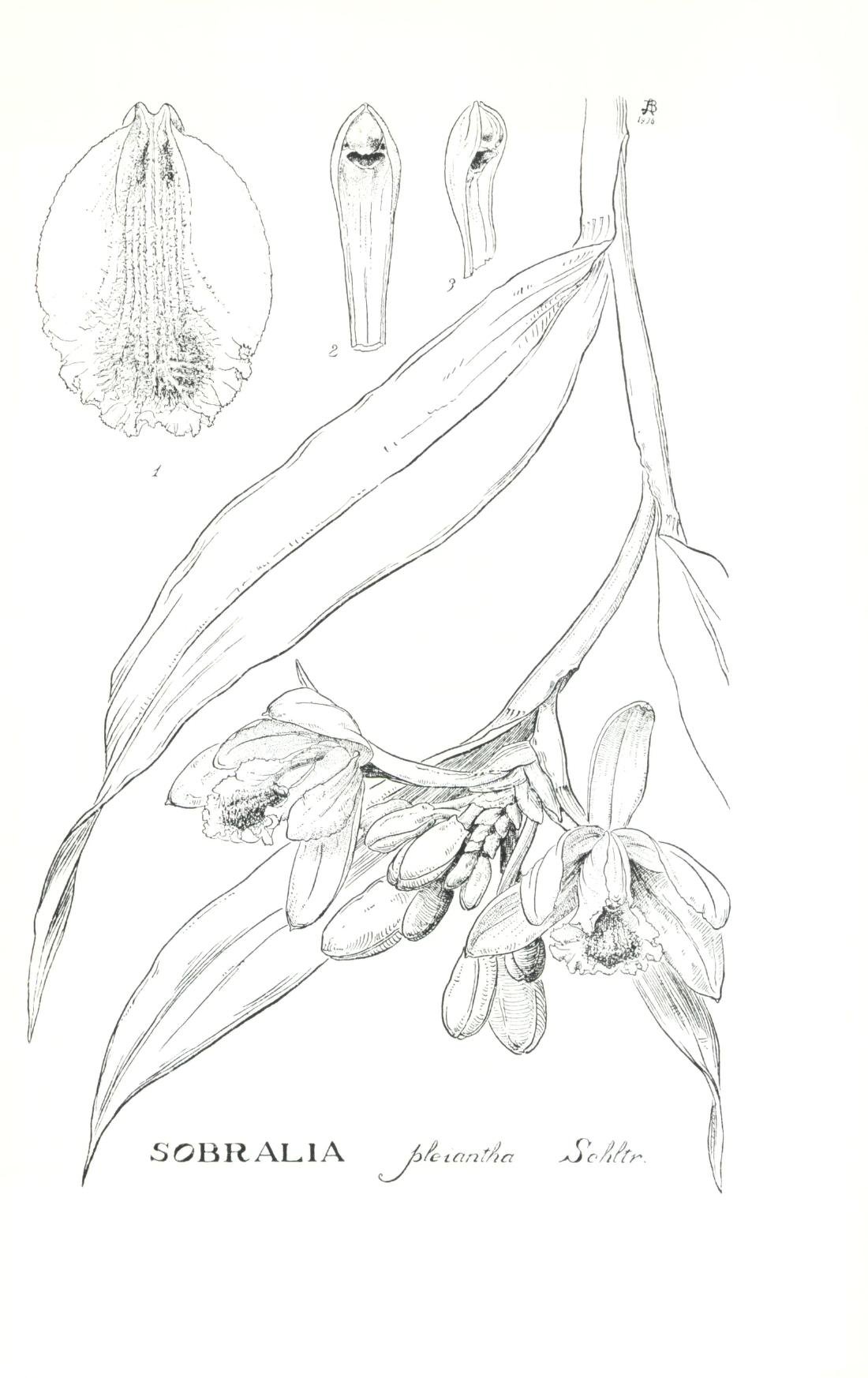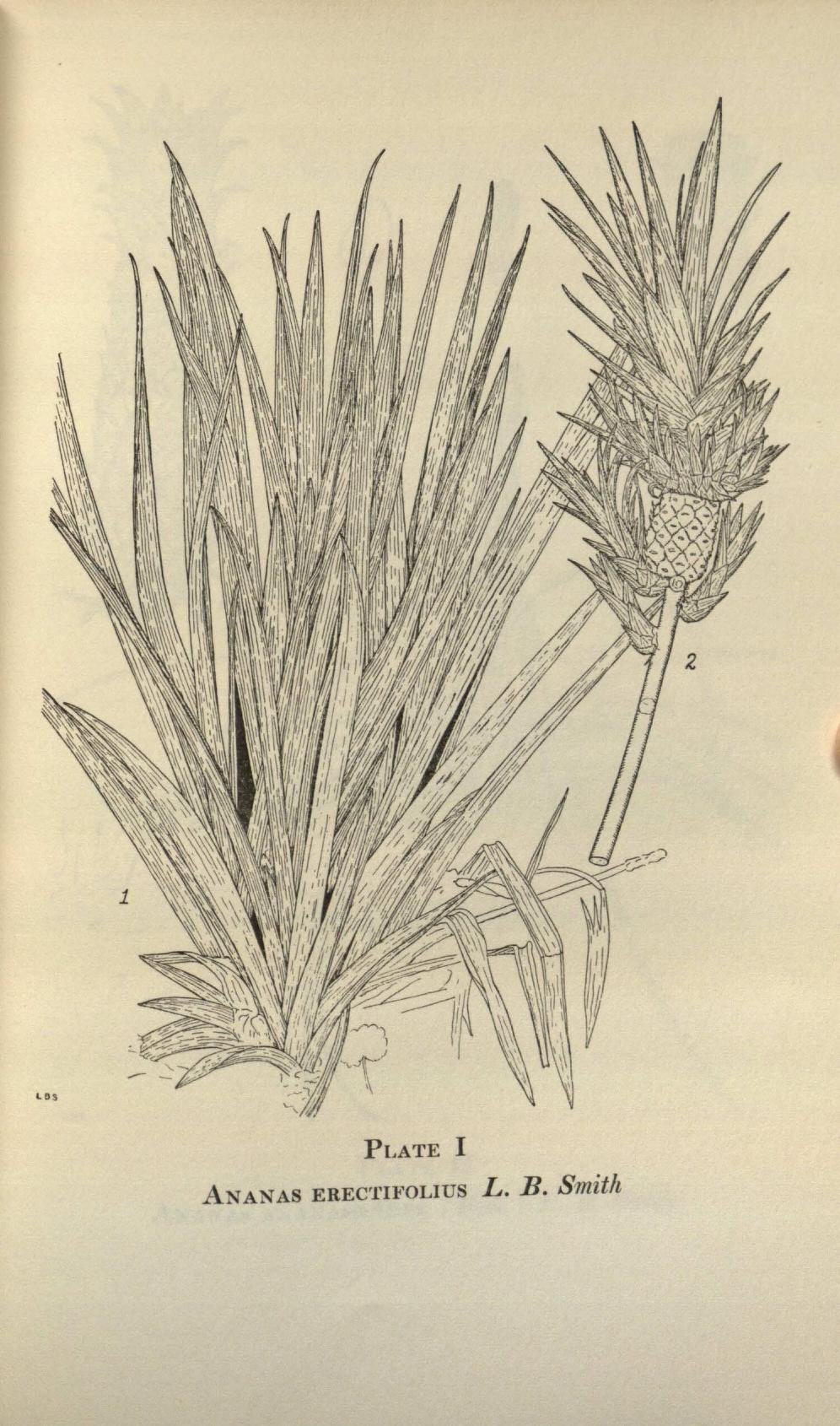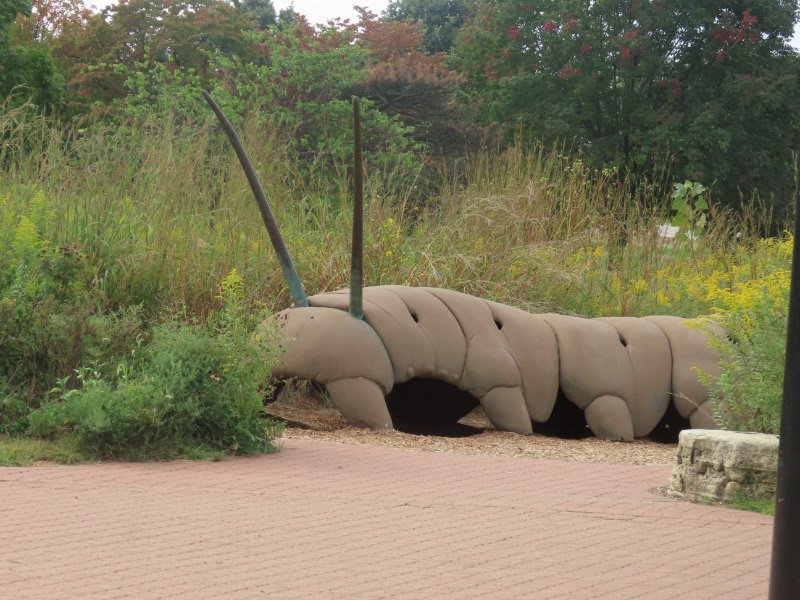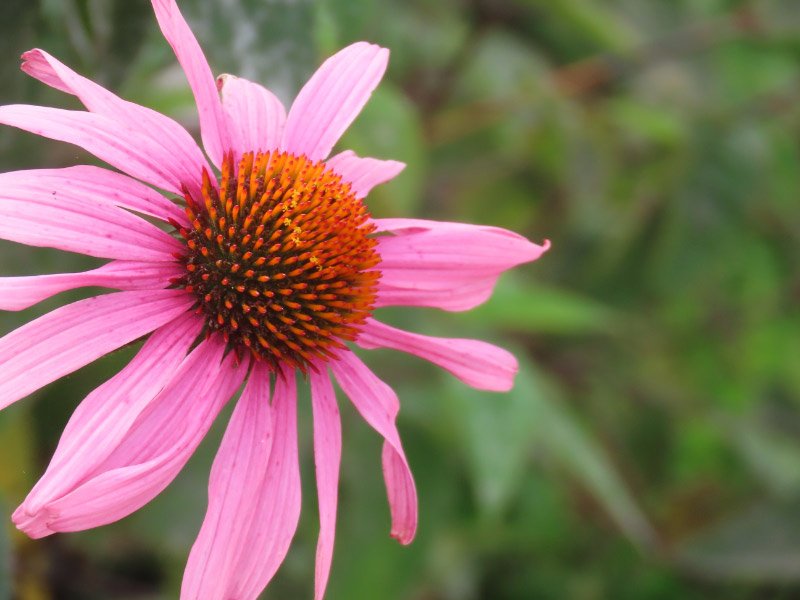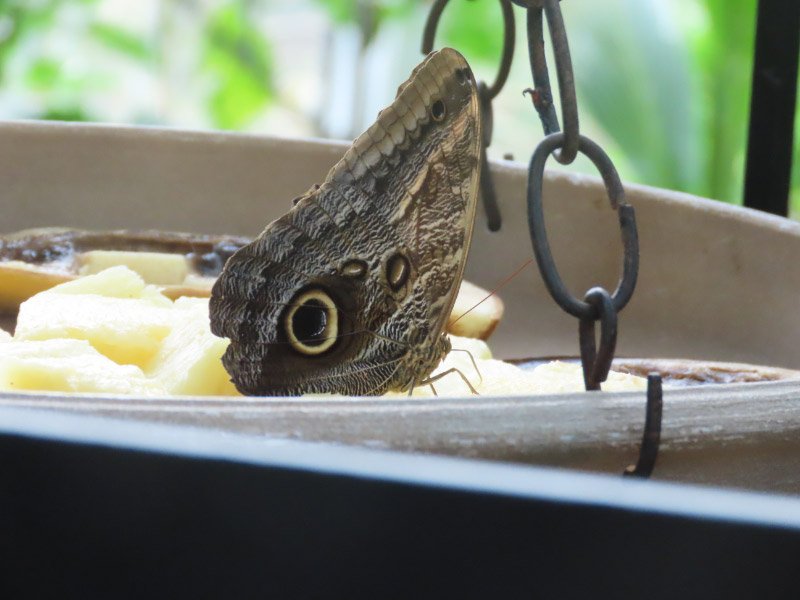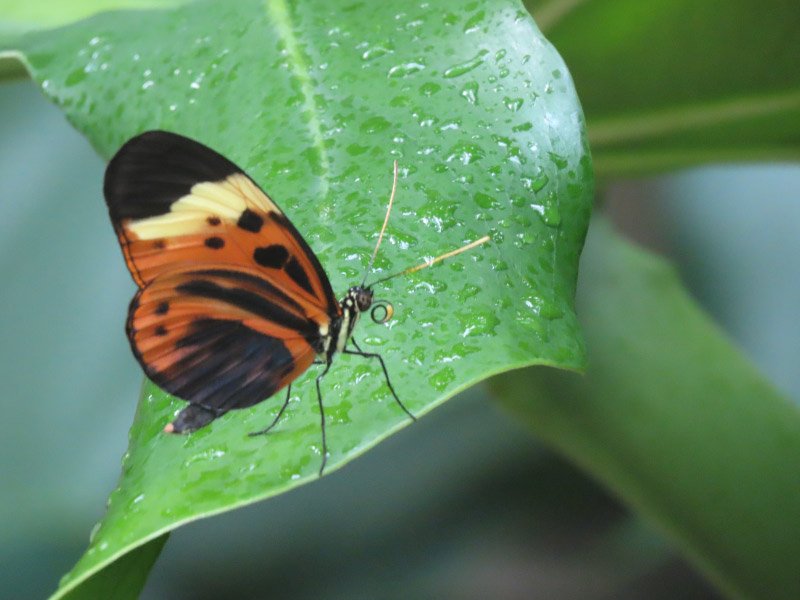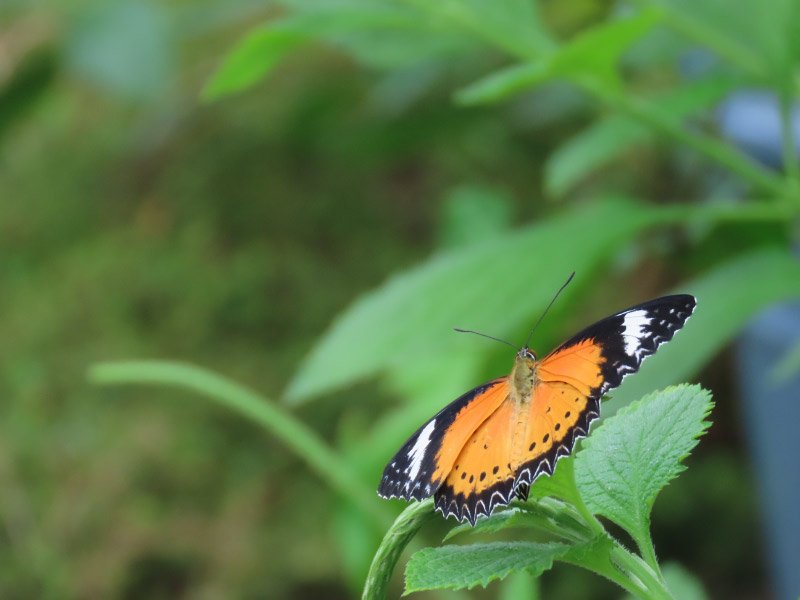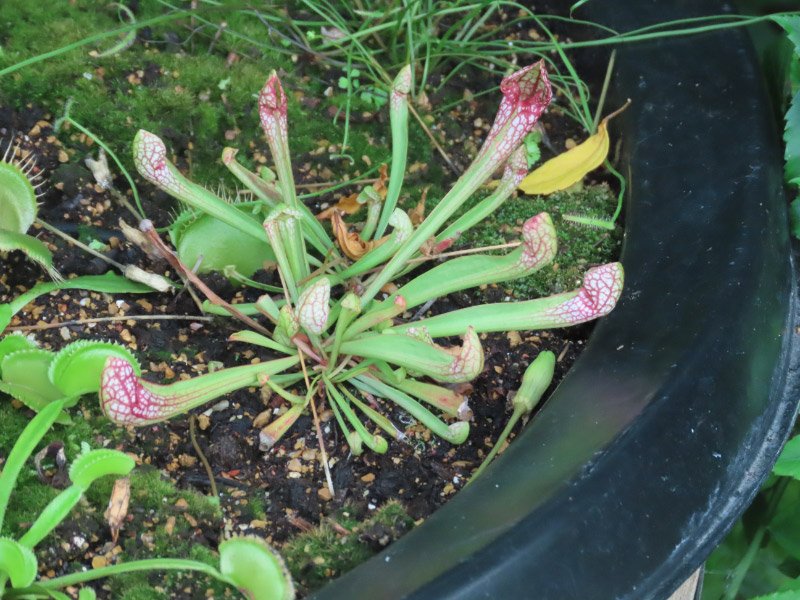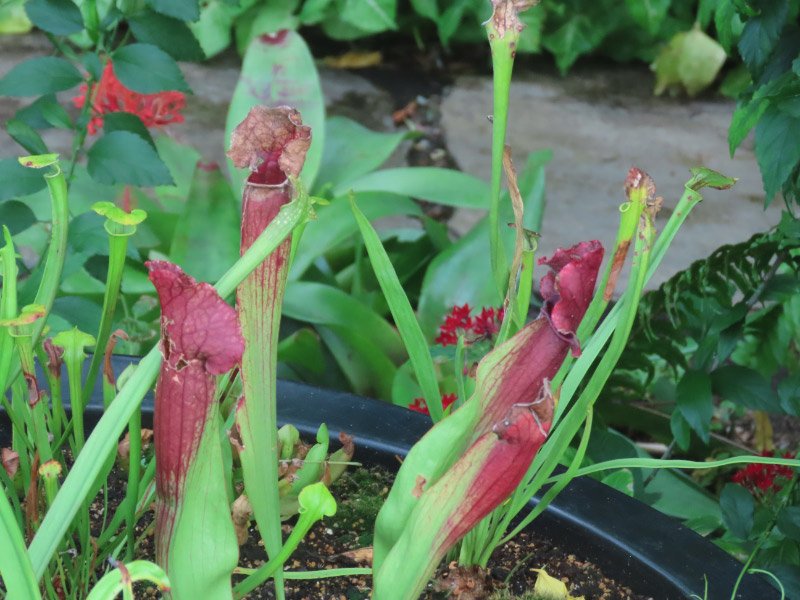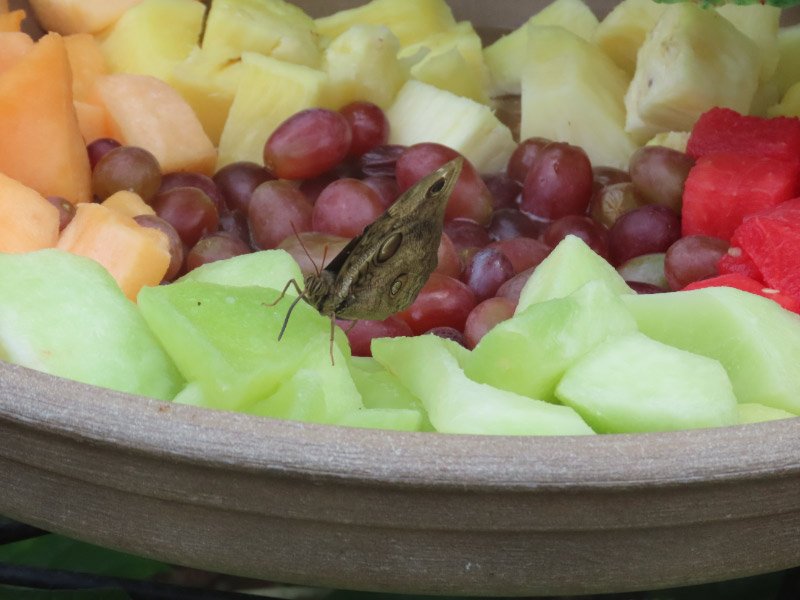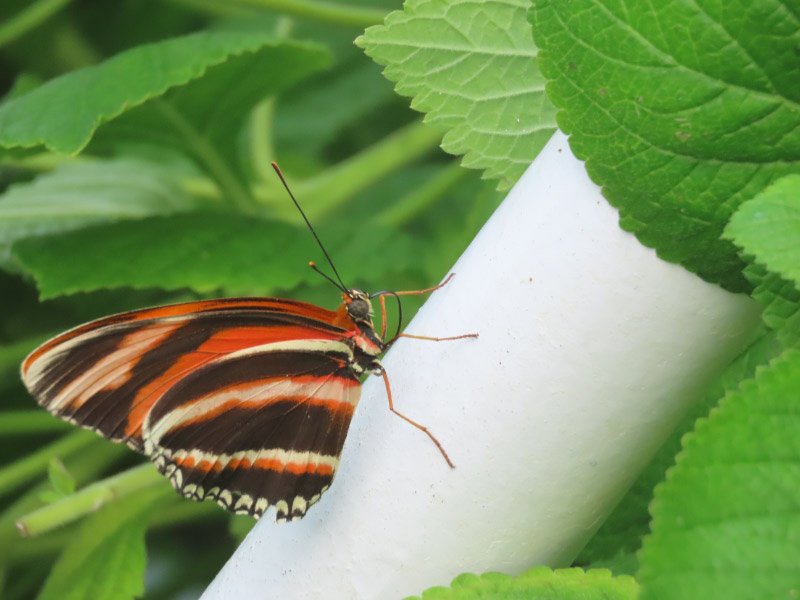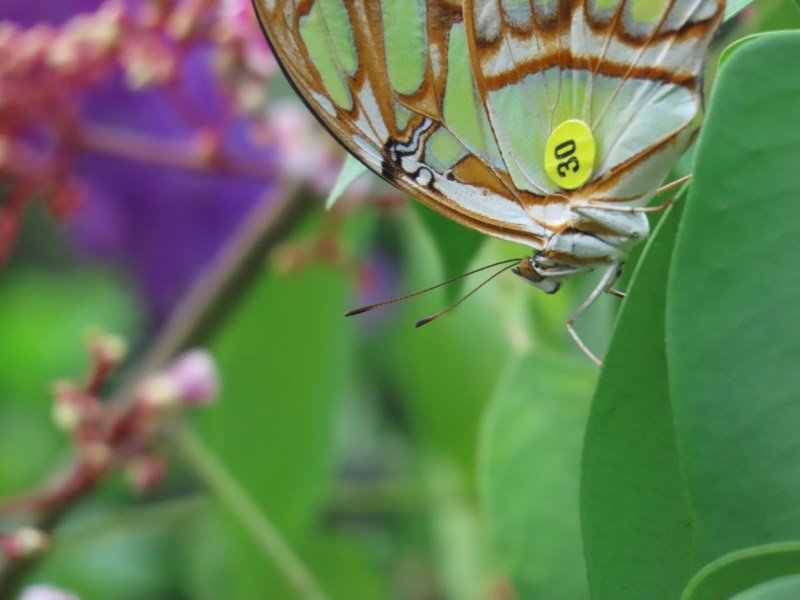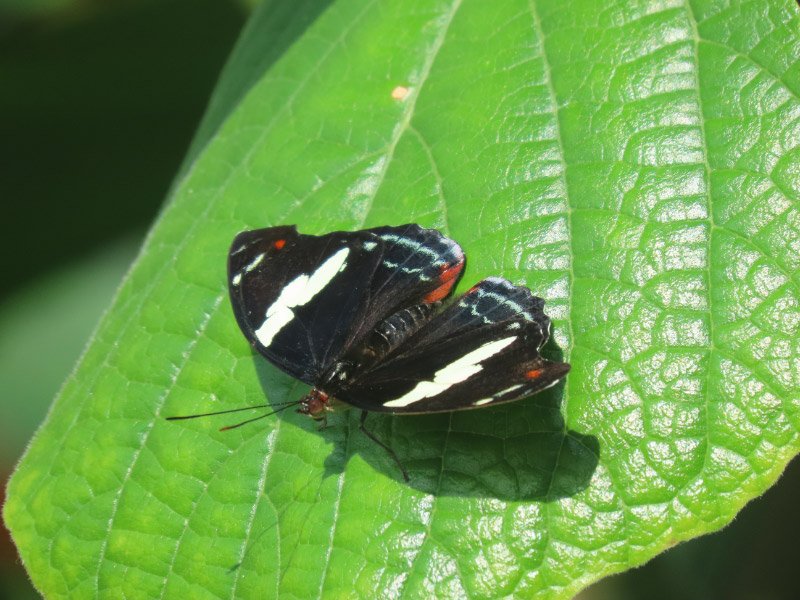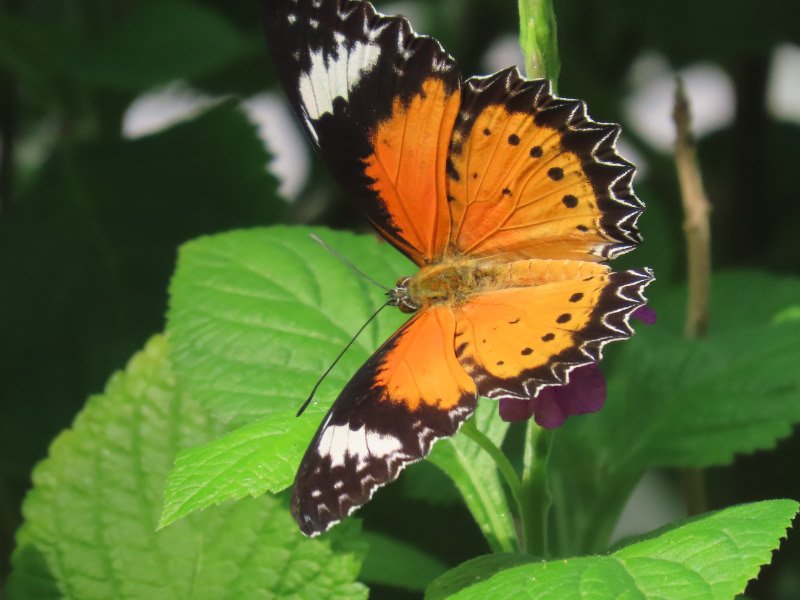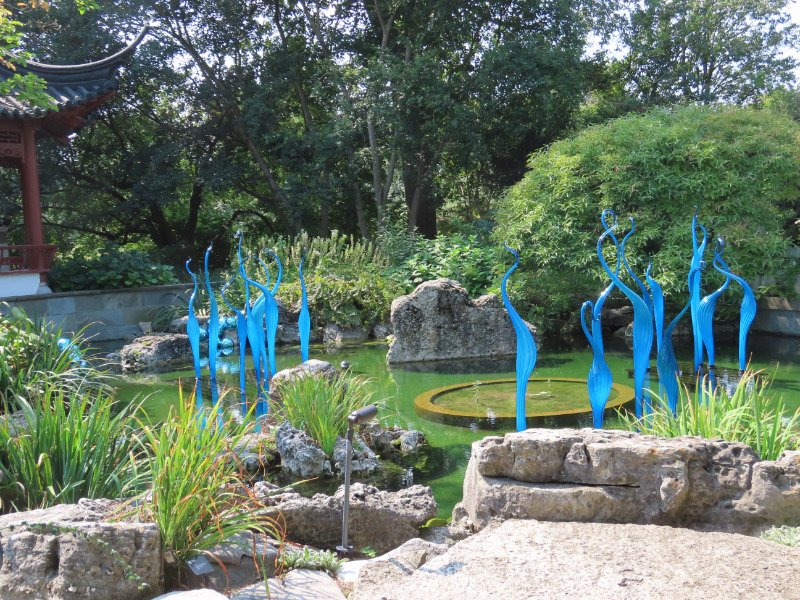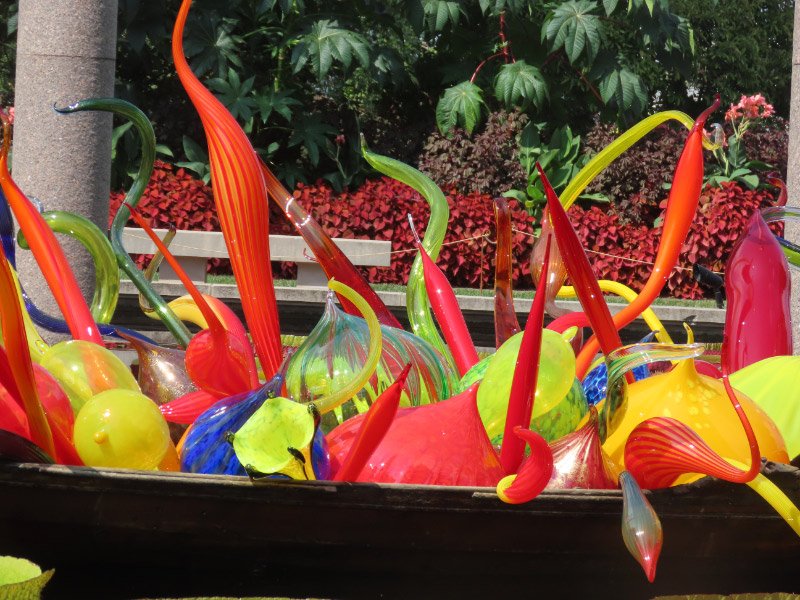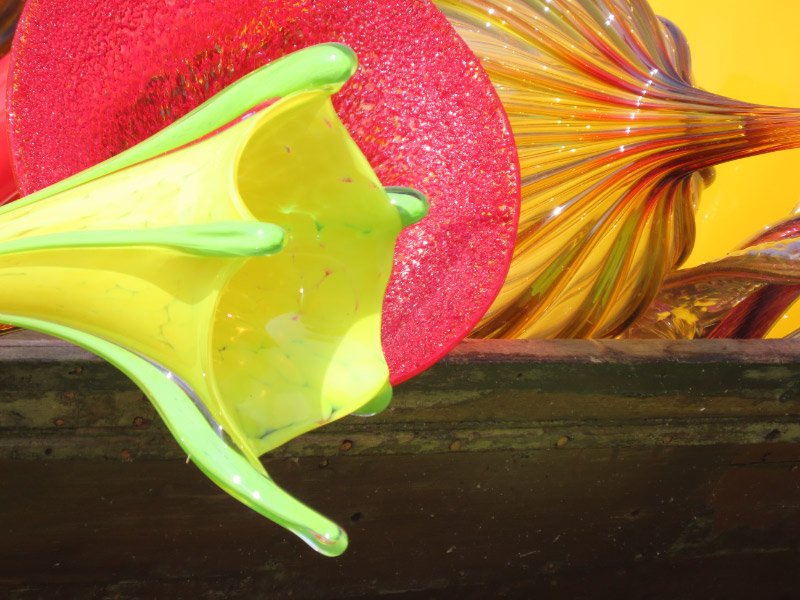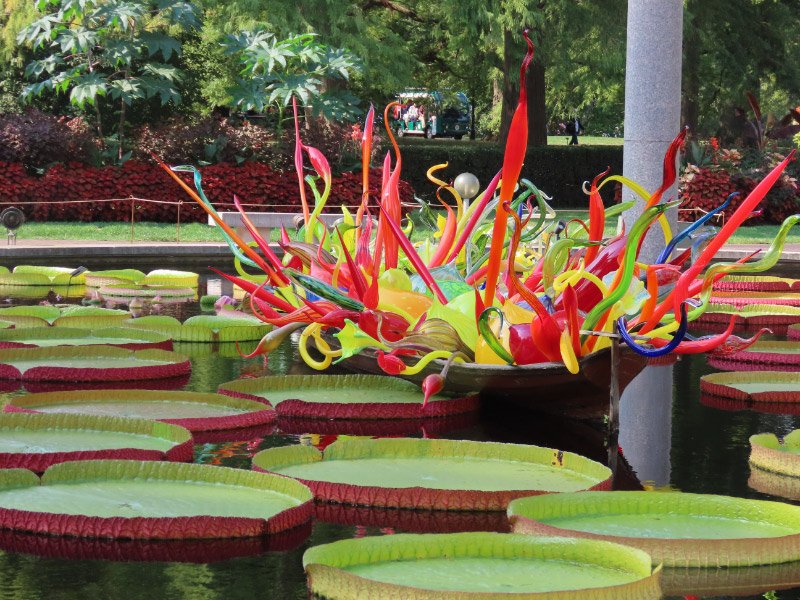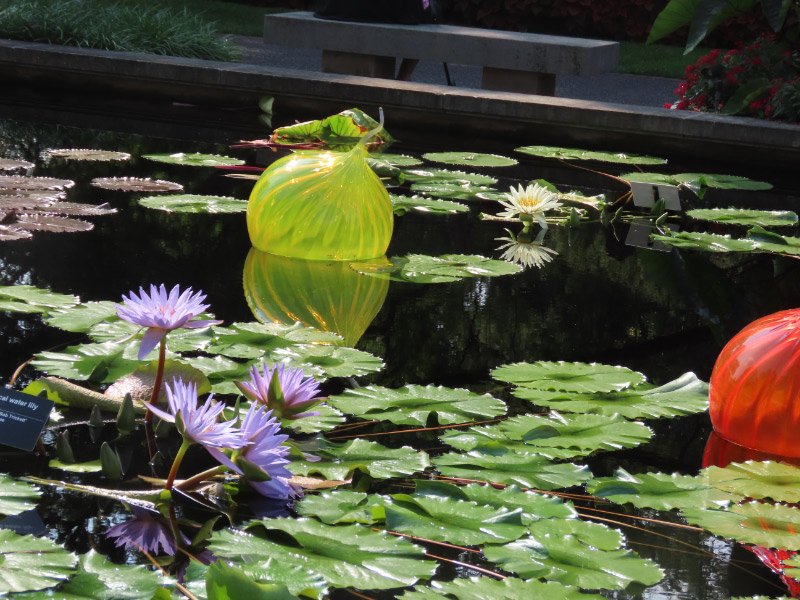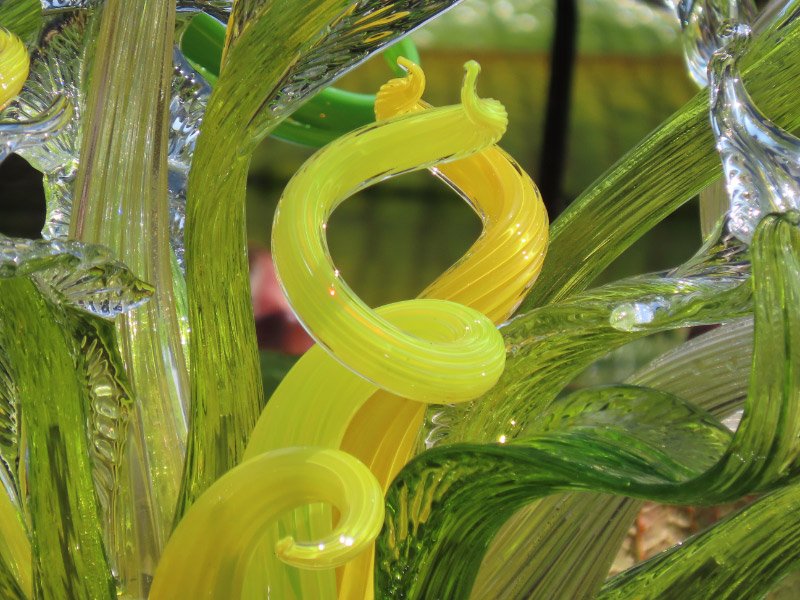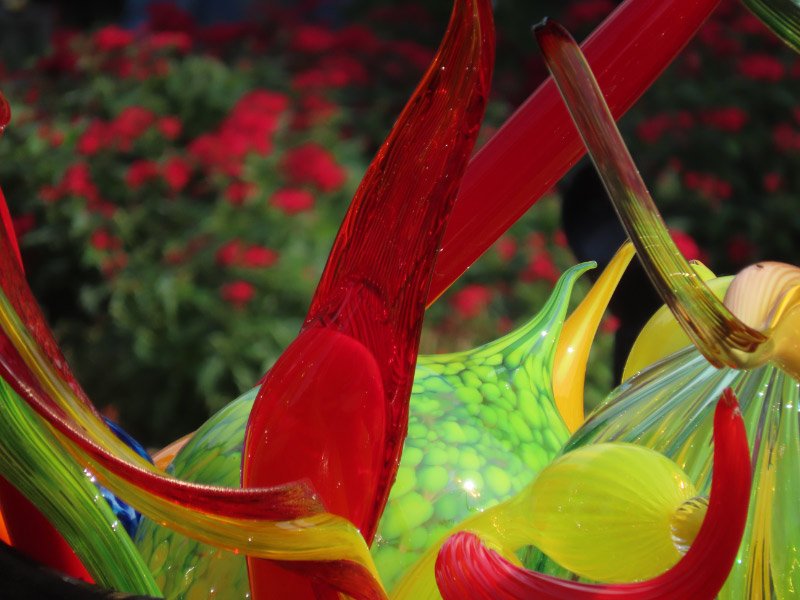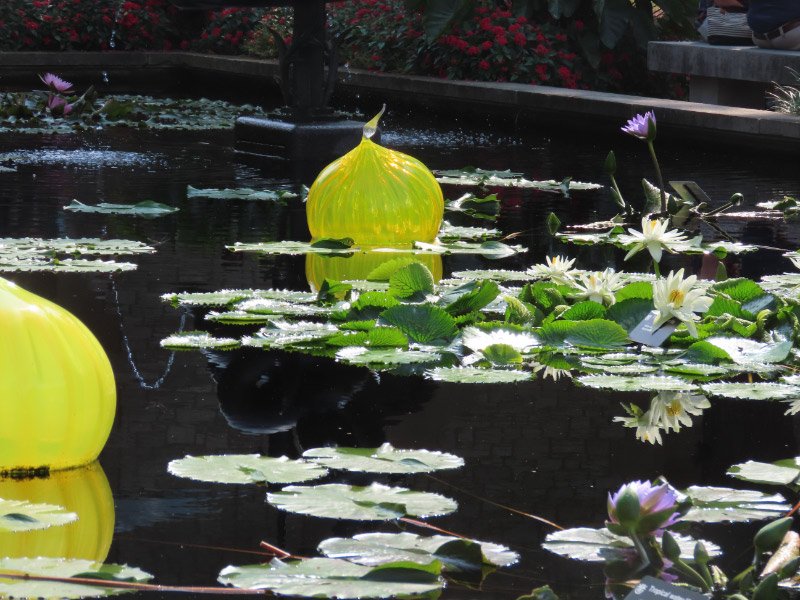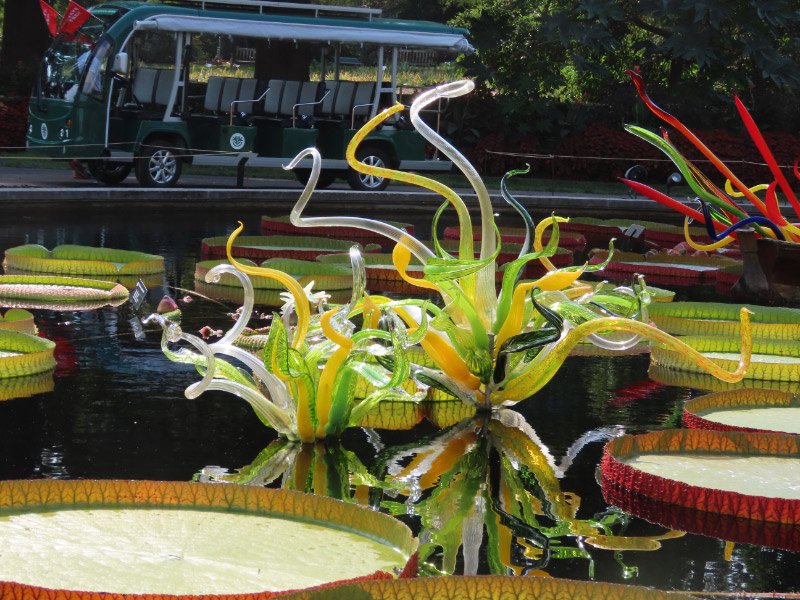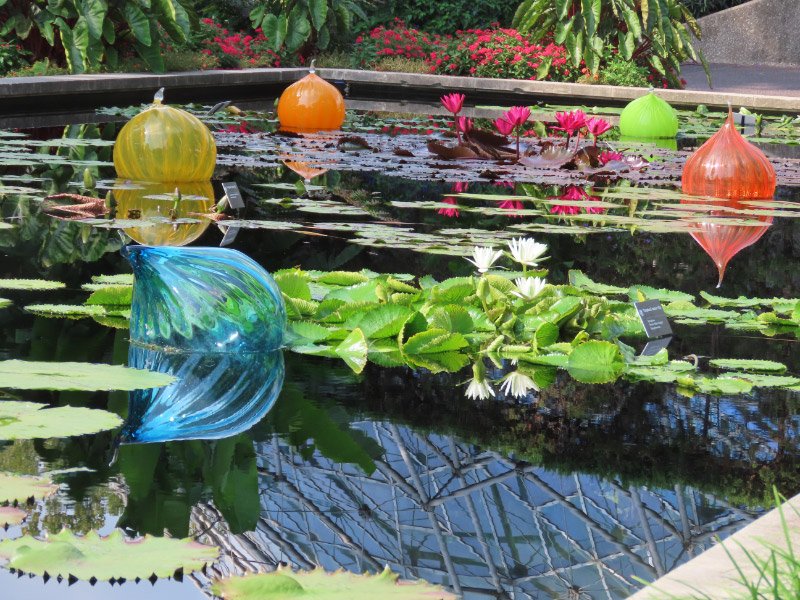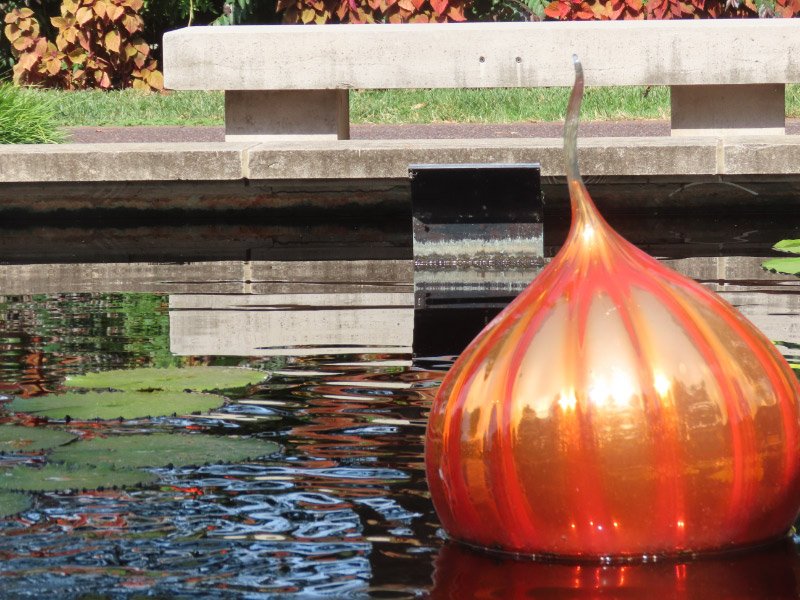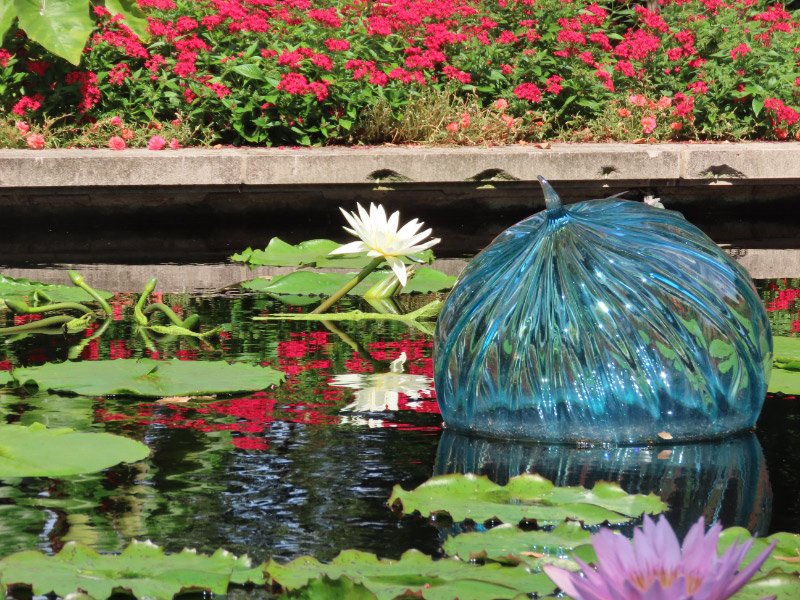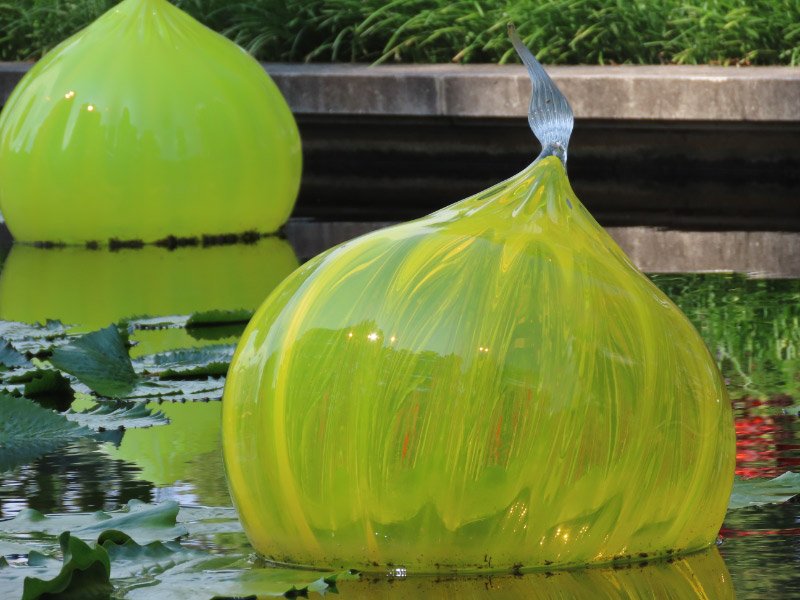Ramping up Elder Care – November 2023 (update)
/My sisters and I thought we had time to learn about various options at a comfortable pace and then ramp up support for our parents in a targeted way over the next few months. We ordered two cameras to install in their home and made appointments to meet with two service providers for the next time I was in Carrollton – but that plan changed quickly when one of my parents entered the hospital.
I went to Carrollton early - entering 24-hour rotations with one of my sisters to support my parent in the hospital. My other two sisters and my daughter handled things at my parents’ house (it is traumatic for two elderly people married over 70 years to be separated for even short periods).
We learned a lot during the hospitalization about changes we need to make to avoid aspiration of liquid into the lungs (i.e. thickening of ALL liquids to honey consistency is now required). Previously some liquids had been thickened to a lesser amount (nectar) but water was unthickened….and now even that will have to be thickened. But – the reward is no coughing while (and after) eating or drinking!!!!
Small anomalies can make big impacts…low potassium and dehydration were two that our parent experienced. And the associated weakness/dizziness curtailed almost all physical activity for a little over 24 hours which required some slow increase of activity on the following days to get back to ‘normal’…and maybe that was a ‘new normal’ that was a little reduced from the prior normal.
Two cameras were installed and we used them along with virtual meetings to help our parents talk to each between physical visits. We decided a third camera would be worthwhile, so it was ordered.
We quickly established a contingency sleeping arrangement in case the hospitalized parent required more support at night immediately after coming home from the hospital. The room includes a twin bed with plenty of room for a caregiver to move around….and for extra equipment. We are anticipating that ambulation will need to be monitored/supported (i.e. a belt around our parent … a caregiver with a hand on it) during their recuperation until we are sure the fall risk is minimal.
As I write this, our parent is still in the hospital but due to go home within 24 hours. We hope we have ramped up our support plan sufficiently.
Stay tuned for the next installment of Ramping up Elder Care!
Previous posts: November 2023

